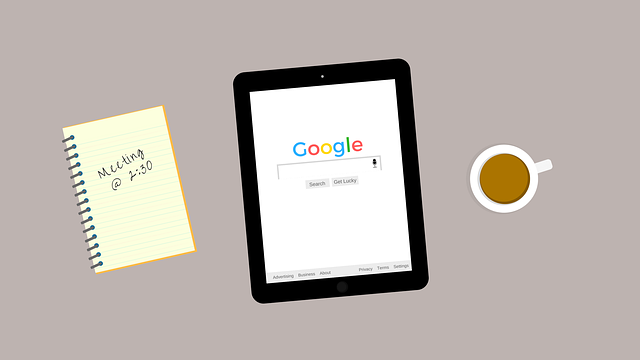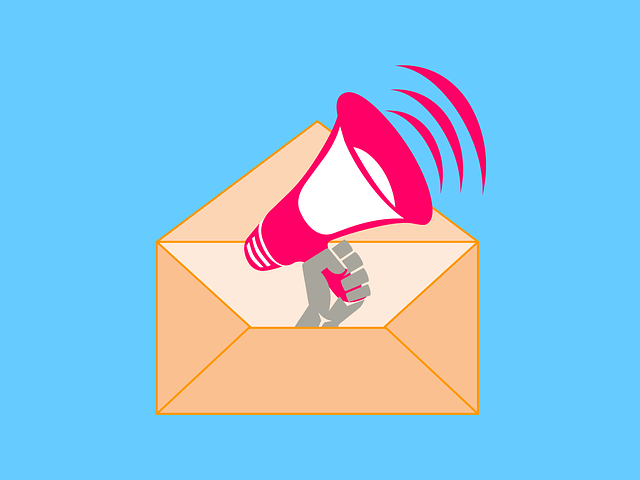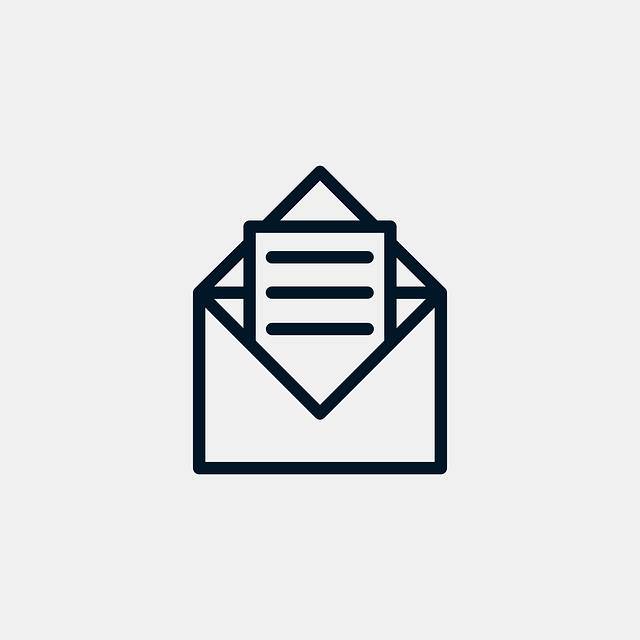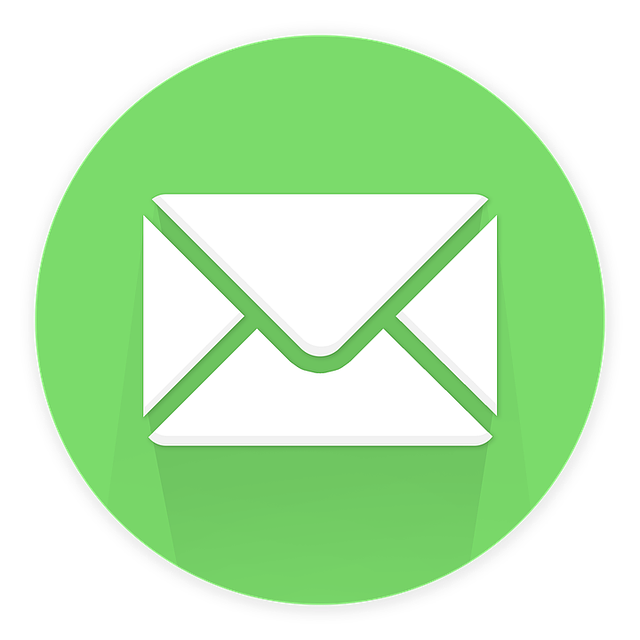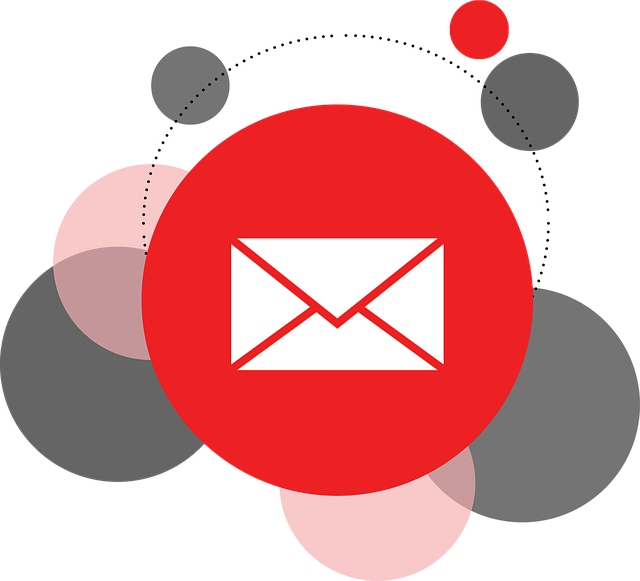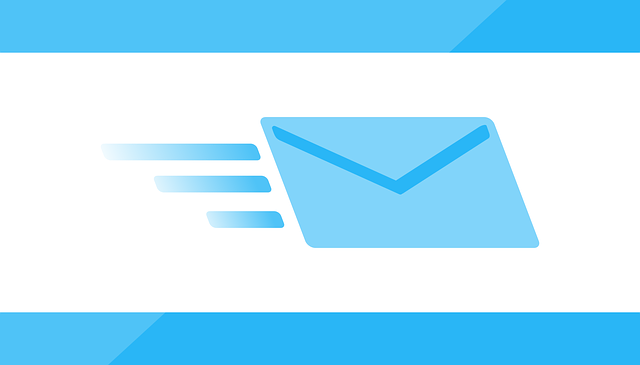You may think that email marketing is old-fashioned and ineffective, but for healthcare providers, it is an essential tool in reaching and engaging with patients. In fact, email marketing strategies have evolved significantly in recent years, with new techniques and best practices emerging.
In this article, we will explore ten essential email marketing strategies specifically tailored to healthcare providers, helping you to maximize your reach and impact.
From personalization and segmentation to automation for efficiency, these strategies will ensure that your messages are targeted and relevant.
Engaging subject lines and compelling content will captivate your audience, while mobile optimization will make your emails accessible on all devices.
Analytics and tracking will allow you to measure the success of your campaigns, while compliance with data privacy regulations will ensure that you are respecting patient confidentiality.
By implementing these ten essential email marketing strategies, you can revolutionize your healthcare marketing efforts, connecting with patients in a meaningful way and driving positive outcomes for your practice.
So, let’s dive in and discover how to make your email marketing a game-changer for your healthcare business.
Key Takeaways
- Personalization and segmentation of emails can boost effectiveness and make patients feel valued.
- Automation streamlines processes related to email marketing, saving time and effort.
- Engaging subject lines and compelling content improve open rates.
- Analytics and tracking measure the success of email campaigns and drive data-driven decisions.
Personalization and Segmentation
You can boost your email marketing effectiveness by personalizing and segmenting your emails to cater to the unique needs and preferences of your patients. Personalization allows you to create a more personalized experience for your patients, making them feel valued and understood. By utilizing data security measures, you can ensure that patient information is protected and build trust with your audience.
Segmenting your email list based on factors such as age, location, or medical condition allows you to send targeted messages that resonate with specific patient groups. This not only improves the relevance of your emails but also increases the chances of customer retention. By tailoring your email content and offers to the specific needs of each patient segment, you can significantly improve engagement and response rates.
In the next section, we will explore how automation can further enhance your email marketing strategy.
Automation for Efficiency
By automating certain processes, healthcare providers can streamline their operations and improve efficiency, ultimately allowing them to focus more on patient care. One key area where automation can make a significant impact is in streamlining processes related to email marketing. With the right tools and strategies in place, healthcare providers can automate tasks such as sending appointment reminders, follow-up emails, and newsletters, saving time and effort. Additionally, automation can help ensure that the right messages are delivered to the right patients at the right time, increasing customer retention and satisfaction. For example, by using segmentation and personalization techniques, providers can send targeted emails based on patients’ demographics, medical history, or preferences. This level of customization can enhance patient engagement and build stronger relationships. As you move into the next section about engaging subject lines and compelling content, remember that automation is just one piece of the puzzle for successful email marketing.
Engaging Subject Lines and Compelling Content
Captivating subject lines and irresistible content have the power to captivate your audience, leaving them eager to open your emails and discover what valuable information awaits them.
To ensure your emails stand out in a crowded inbox, consider incorporating interactive design elements that engage and delight your recipients. A visually appealing email with interactive features like quizzes or polls can pique their curiosity and encourage them to take action.
Additionally, using A/B testing can help you determine which subject lines and content resonate best with your audience. By testing different variations and analyzing the results, you can continuously improve your email marketing strategy.
Now, let’s explore the next step: mobile optimization for accessibility.
Mobile Optimization for Accessibility
Mobile optimization for accessibility ensures that your emails are easily accessible and enjoyable for all users, regardless of their device or limitations.
Usability testing is crucial to ensure that your emails are responsive and can adapt to different screen sizes. By implementing responsive design techniques, such as using fluid grid layouts and flexible images, your emails will automatically adjust to fit any screen size, whether it’s a smartphone, tablet, or desktop computer. This not only improves the user experience but also increases the likelihood of your emails being read and acted upon.
Once you’ve optimized your emails for mobile accessibility, you can move on to the next step of measuring success through analytics and tracking. This will allow you to gain valuable insights into how your emails are performing and make data-driven decisions to further improve your email marketing strategy.
Analytics and Tracking to Measure Success
Tracking and analyzing email performance is key to understanding the effectiveness of your email campaigns and making data-driven decisions to improve results. By tracking the open rates, click-through rates, and conversion rates of your emails, you can gain valuable insights into what content resonates with your audience and what strategies are driving engagement. These analytics allow you to identify areas for improvement and optimize your future campaigns for better results.
Additionally, tracking the effectiveness of different subject lines, call-to-actions, and email designs can help you refine your messaging and improve your overall email performance. With these insights, you can tailor your email marketing strategies to better meet the needs and preferences of your healthcare audience.
Transitioning into the next section about compliance with data privacy regulations, it’s important to ensure that your tracking methods are in line with these regulations to protect the privacy of your subscribers.
Compliance with Data Privacy Regulations
To ensure the protection of your subscribers’ privacy, it’s imperative that you adhere to data privacy regulations when it comes to tracking and analyzing email performance.
Patient consent should be obtained before collecting any personal information, and it should be clear and easily understandable.
Make sure to encrypt sensitive data to prevent unauthorized access. Data encryption ensures that information transmitted or stored in your email marketing platform remains secure. By encrypting data, you’re adding an extra layer of protection, making it harder for hackers to decipher any sensitive information.
This not only helps you comply with data privacy regulations but also builds trust with your subscribers.
Remember, maintaining patient privacy is crucial, and following these practices will help you achieve that while effectively tracking and analyzing email performance.
Frequently Asked Questions
How can healthcare providers effectively personalize their email marketing campaigns?
To effectively personalize your email marketing campaigns, you must paint a picture with words that resonates and connects with your audience.
Utilize personalization techniques like segmenting your email list based on demographics, interests, and past interactions.
Craft tailored messages that address individual needs, making recipients feel understood and cared for.
By doing so, you can reap the benefits of personalized email marketing, such as increased engagement, higher conversion rates, and improved patient satisfaction.
Stand out from the crowd and build lasting relationships with your patients through personalized emails.
What are some examples of automation strategies that can improve efficiency in email marketing for healthcare providers?
Automation techniques can significantly improve efficiency in email marketing for healthcare providers. One example is using automated workflows to streamline the process. By setting up predefined actions based on user behavior, you can send personalized emails without manually segmenting your audience.
Another technique is using automated triggers to send emails at specific times or based on certain conditions. These strategies not only save time but also ensure timely and relevant communication with your patients, ultimately enhancing the effectiveness of your email marketing campaigns.
How can healthcare providers create engaging subject lines to increase email open rates?
To create engaging subject lines and increase email open rates for healthcare providers, you need to grab your audience’s attention.
Start by using personalized subject lines that address the recipient directly.
Consider using action verbs or posing a question to pique curiosity.
Keep your subject lines concise and clear, avoiding any ambiguity.
Additionally, you can experiment with emojis or humor to add a touch of personality.
Remember, a compelling subject line is the key to getting your emails opened and read by your target audience.
What are some best practices for optimizing email content for mobile devices in the healthcare industry?
To optimize email content for mobile devices in the healthcare industry, focus on mobile optimization and email design. Ensure your emails are mobile-friendly by using responsive design, which adjusts the layout for different screen sizes.
Keep your content concise and easy to read on smaller screens. Utilize clear and compelling headlines, use images sparingly, and include a single call-to-action button.
By optimizing your email content, you can engage mobile users and improve their experience with your healthcare communications.
How can healthcare providers effectively track and measure the success of their email marketing campaigns in terms of engagement and conversions?
To effectively track and measure the success of your email marketing campaigns in terms of engagement and conversions, you need to dive deep into the world of email engagement metrics.
These metrics, like open rates, click-through rates, and conversion rates, provide valuable insights into how your audience is interacting with your emails. By closely monitoring these metrics, you can identify what’s working and what’s not, allowing you to make data-driven decisions to optimize your campaigns and achieve impressive results.
Conclusion
In conclusion, implementing these 10 essential email marketing strategies will greatly benefit healthcare providers.
By personalizing and segmenting your emails, you can deliver targeted messages that resonate with your audience.
Automation will streamline your processes, saving you time and increasing efficiency.
Engaging subject lines and compelling content will grab your readers’ attention and drive them to take action.
Mobile optimization ensures that your emails are accessible to everyone, anytime.
Analytics and tracking allow you to measure the success of your campaigns and make data-driven decisions.
Lastly, complying with data privacy regulations ensures that you maintain trust with your patients.
Just like a skilled surgeon’s steady hands, these strategies will help you perform email marketing with precision and success.

